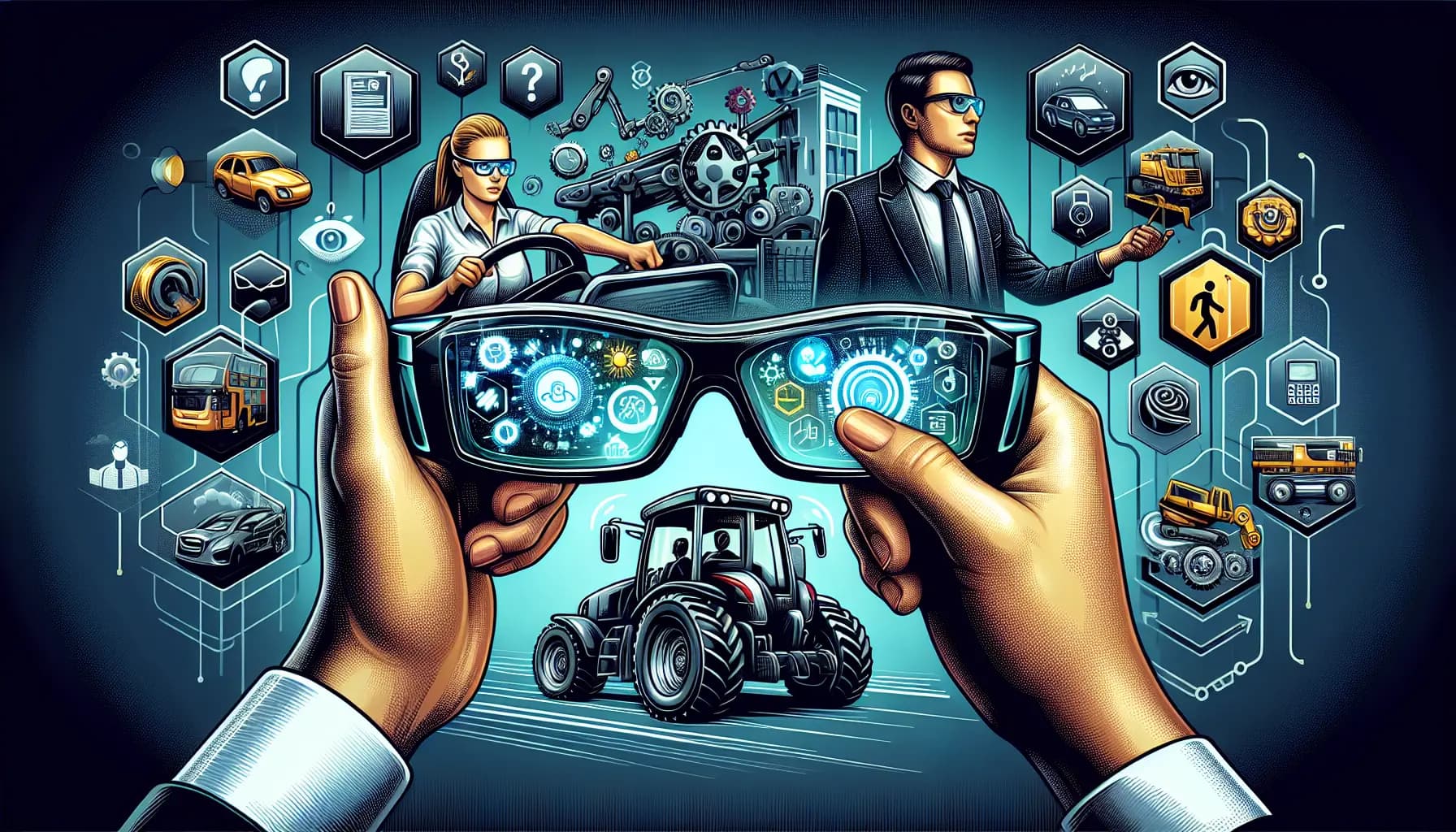Distraction Dangers: Regulating Smart Glass Use While Driving or Operating Machinery
The rise of smart glasses, promising hands-free information and augmented reality experiences, has sparked a crucial debate: Should their use be regulated while driving or operating heavy machinery? As these devices become more integrated into daily life, concerns are mounting about the potential for distraction and the increased risk of accidents.
The Allure and the Peril: A Balancing Act
Smart glasses offer compelling advantages. Imagine receiving navigation cues overlaid directly onto your field of vision, or accessing real-time equipment schematics while repairing complex machinery. These applications promise increased efficiency and potentially even enhanced safety in certain situations. However, these advantages are shadowed by the very real threat of distracted attention.
The core issue is that smart glasses project information directly into the user's field of view. This creates a persistent visual distraction, pulling focus away from the primary task – whether that’s navigating a busy street or carefully operating a crane. The need to process information from the glasses adds a cognitive load, further diminishing reaction times and situational awareness.
Mounting Concerns from Safety Advocates
Safety organizations have been vocal about the potential dangers. The National Safety Council (NSC) has issued a statement urging lawmakers to consider the implications of smart glass use in potentially hazardous environments. We've seen the devastation caused by distracted driving due to cell phones, a spokesperson from the NSC commented. We must learn from those lessons and proactively address the risks posed by this new technology before it becomes a widespread problem.
Similar concerns are being raised regarding the use of smart glasses in industrial settings. Unions representing workers in construction, manufacturing, and transportation are calling for clear guidelines and regulations to prevent accidents. Our members' safety is paramount, stated a representative from the International Brotherhood of Electrical Workers (IBEW). We need to ensure that employers are not encouraging the use of these devices in a way that compromises safety on the job site.
Current Regulatory Landscape: A Patchwork Approach
Currently, the regulatory landscape surrounding smart glass use while driving is fragmented. Some states already have laws in place that could be interpreted to cover smart glasses, particularly those prohibiting visual displays that obstruct a driver's view. However, explicit bans are rare. This ambiguity creates confusion and makes enforcement challenging.
- Lack of Specific Legislation: Most existing distracted driving laws focus on handheld devices like cell phones.
- Varied Interpretations: Laws prohibiting visual obstructions can be interpreted differently by law enforcement agencies.
- Enforcement Challenges: Determining if a driver is using smart glasses in a manner that violates existing laws can be difficult.
In the workplace, regulations are often left to the discretion of individual companies. While some organizations have implemented policies restricting or prohibiting smart glass use in certain areas, a standardized approach is lacking.
Proposed Solutions and the Road Ahead
Several approaches are being considered to address the potential risks:
- Legislative Action: Introducing specific laws that explicitly address the use of smart glasses while driving and operating machinery. These laws could define permissible uses (e.g., solely for navigation) and prohibit activities deemed to be excessively distracting.
- Industry Standards: Developing industry-wide standards for smart glass design and usage in specific sectors (e.g., construction, transportation). These standards could address issues like display brightness, information density, and training requirements.
- Technological Solutions: Exploring technological solutions that mitigate distraction, such as eye-tracking technology that disables certain features when the user's attention is diverted, or context-aware systems that limit the information displayed based on the user's activity.
- Public Awareness Campaigns: Educating the public about the potential dangers of using smart glasses while driving or operating machinery.
The Bottom Line: Safety First
The potential benefits of smart glasses are undeniable, but they must be carefully weighed against the potential risks. A proactive and collaborative approach, involving lawmakers, industry leaders, safety organizations, and technology developers, is essential to ensure that these devices are used safely and responsibly. The goal is not to stifle innovation, but to harness the power of technology in a way that prioritizes safety and minimizes the potential for distraction and accidents. Only through careful consideration and appropriate regulation can we unlock the true potential of smart glasses while protecting the well-being of individuals and communities.
